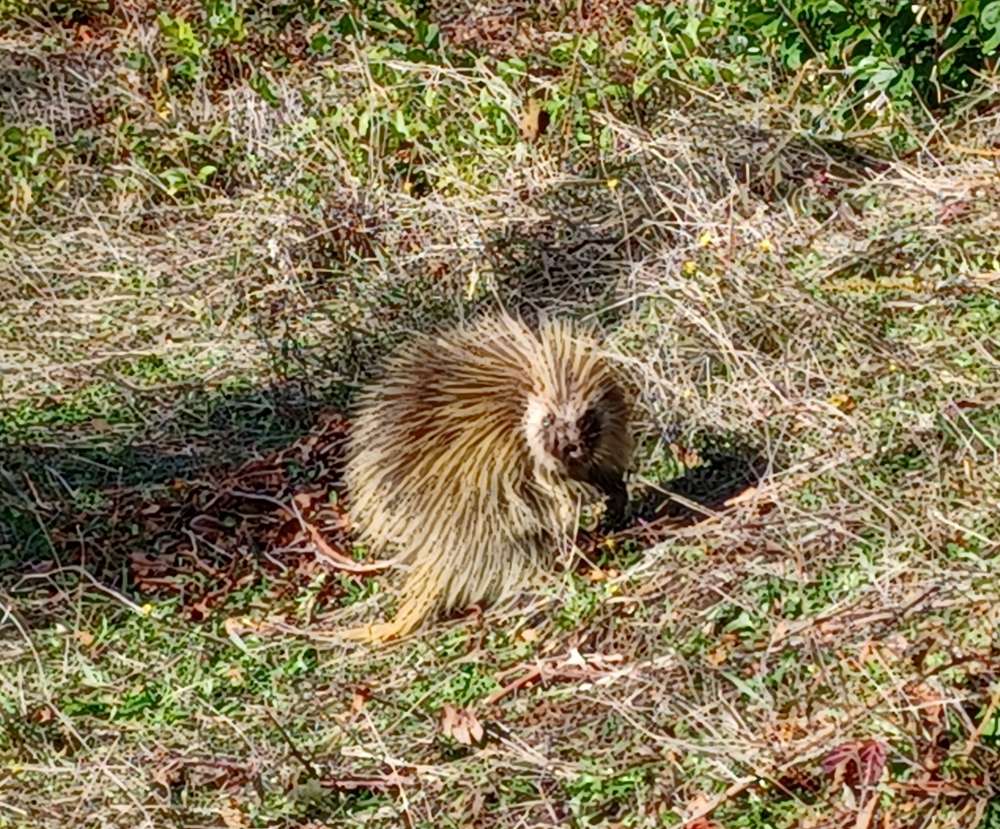
The weather cleared unexpectedly today, and I had to run errands. So I took the opportunity to explore the newest trail at Willapa National Wildlife Refuge, the Porter Point Loop Trail. Not quite two and a half miles long, it makes its way through mixed conifer forests of varying ages and successions before descending into wetlands that border five hundred acres of restored estuary. I have had the privilege of being able to watch this restoration project happen over the past few years, and it is both humbling and inspiring to know that there are so many people dedicated to returning the land to its natural state.

This is normally a quiet time of year for wildlife viewing in the forest. Many of the songbirds have migrated south for the year, and those that remain are much quieter. Most of the bird activity is to be found out on the wetlands, where waterfowl and shorebirds trade shifts according to the tides. And reptiles and amphibians have found little nooks and crannies to snooze away the winter, as have any invertebrates that will survive til the spring warms them again.
But I was pleasantly surprised to see not one, but two porcupines on my sojourn around the trail. These prickly rodents are normally hard to see, given that they prefer to hang out up in the trees where there’s not much of anyone to bother them, and plenty to eat. However, they may descend to the ground in order to climb a new tree, and perhaps snack on anything edible that may have been blown down in recent storms while they’re en route.

I saw both porcupines along the same stretch of trail, where it’s wide enough to accommodate a vehicle, and lined with many young conifers short enough to allow the sun to shine down brightly on us. Contrary to popular belief, porcupines cannot shoot their quills; while both of these raised theirs up a bit in a defensive display, they were mostly concerned with hurrying off into the underbrush. I still gave them plenty of space, since they deserve to go through their day untroubled by large, bipedal primates.
The rest of my hike was uneventful, though I got to see plenty of late-season mushrooms, and was accompanied by the twittering of little flocks of juncos. As I exited the forest onto the trail that edged the estuary, I got a first-hand demonstration of what good windbreaks trees are; where I’d had my coat open to release extra heat even in the shade, the sun did nothing to warm me in the gusts that carried chills across the tidal flat. Still, it was worth braving the bluster to come out and enjoy a beautiful day.
Did you enjoy this post? You can read more here on my blog! If you want to keep up on more writing, plus news and updates, scroll down to the bottom of this page to sign up for my monthly email newsletter.
